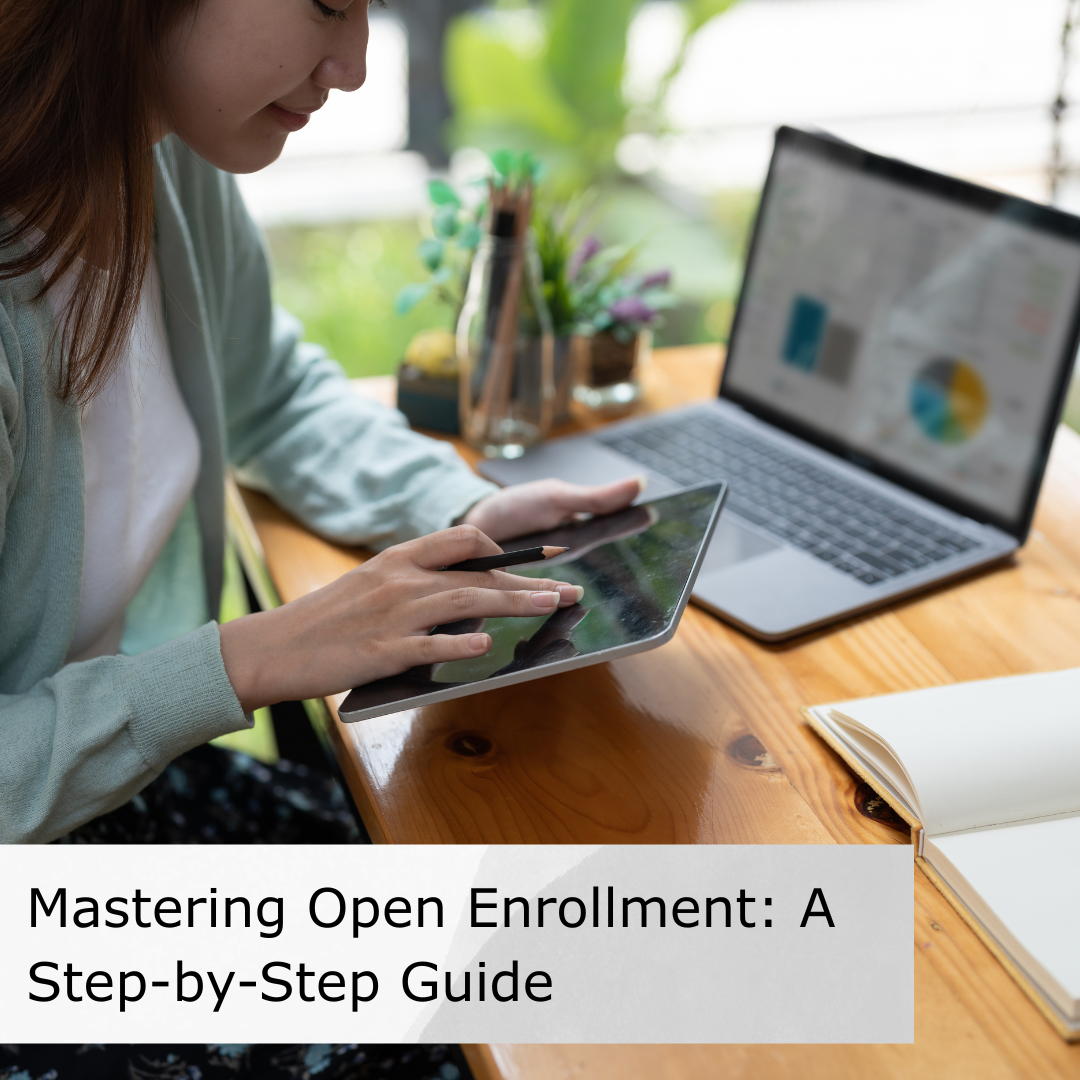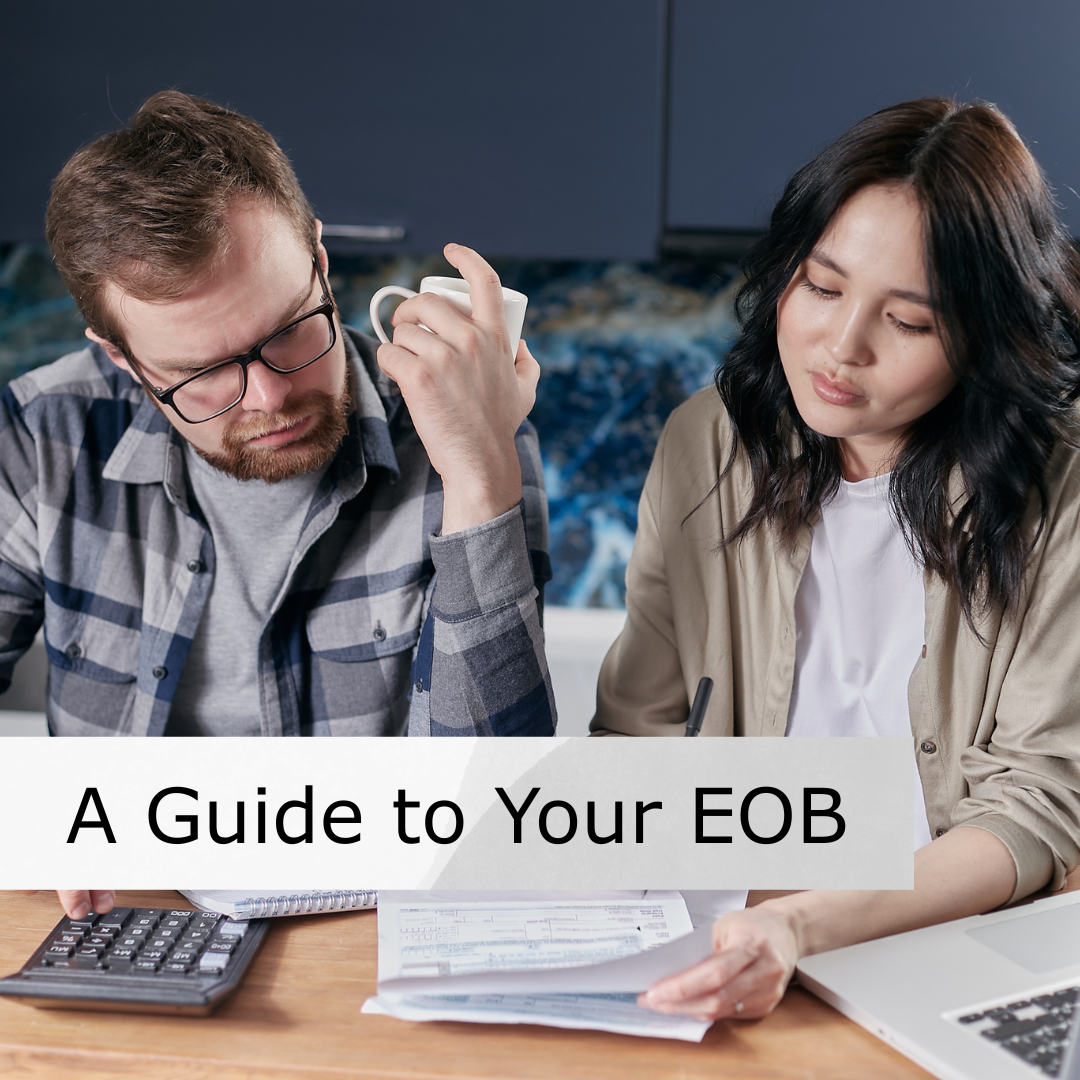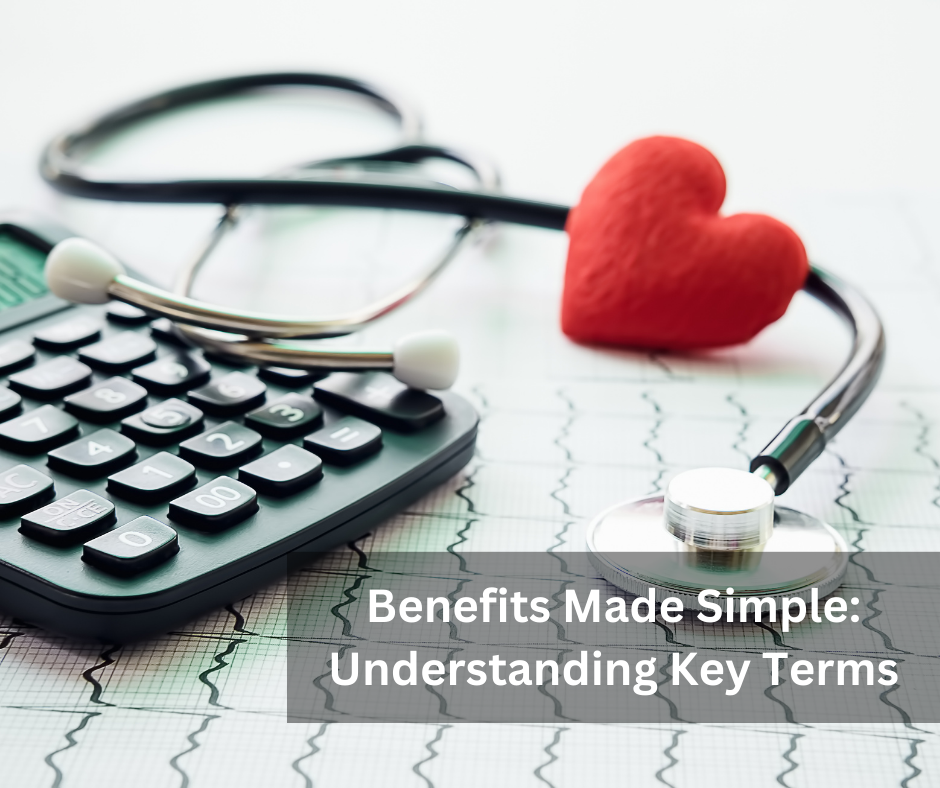 Open enrollment doesn’t have to be a stressful administrative task. When planned well in advance, it becomes a valuable opportunity to review and enhance your benefits offerings, demonstrating your commitment to your team’s physical, mental, and financial well-being. A well-executed open enrollment can boost employee morale, improve retention, and ensure your workforce is supported.
Open enrollment doesn’t have to be a stressful administrative task. When planned well in advance, it becomes a valuable opportunity to review and enhance your benefits offerings, demonstrating your commitment to your team’s physical, mental, and financial well-being. A well-executed open enrollment can boost employee morale, improve retention, and ensure your workforce is supported.
Use this checklist to guide your organization through a successful open enrollment period, from the initial planning stages to the final follow-up.

 Ever found a confusing document in your mailbox after a doctor’s visit, wondering if it’s a bill, especially with an “amount you owe” at the bottom? You’re not alone! That document is most likely an Explanation of Benefits (EOB) from your health insurance company. It’s crucial to remember: an EOB is NOT a bill.
Ever found a confusing document in your mailbox after a doctor’s visit, wondering if it’s a bill, especially with an “amount you owe” at the bottom? You’re not alone! That document is most likely an Explanation of Benefits (EOB) from your health insurance company. It’s crucial to remember: an EOB is NOT a bill. Selecting the right health insurance plans for your family is a critical process that requires careful attention from start to finish. Navigating health insurance becomes much simpler when you understand its terminology. Making sense of these terms empowers you to better understand your costs, benefits, and even estimate the price of a doctor’s visit.
Selecting the right health insurance plans for your family is a critical process that requires careful attention from start to finish. Navigating health insurance becomes much simpler when you understand its terminology. Making sense of these terms empowers you to better understand your costs, benefits, and even estimate the price of a doctor’s visit. Want to attract and keep top talent? Your benefits package is crucial! Think beyond just health and retirement. Fringe benefits like Dependent Care Assistance Programs (DCAPs) offer real, meaningful support, especially for employees caring for kids or dependent adults.
Want to attract and keep top talent? Your benefits package is crucial! Think beyond just health and retirement. Fringe benefits like Dependent Care Assistance Programs (DCAPs) offer real, meaningful support, especially for employees caring for kids or dependent adults. The word “cancer” carries a weight that extends far beyond its medical implications. Beyond the physical and emotional toll, a cancer diagnosis can bring significant financial strain. While your primary health insurance will cover many treatment costs, there are often substantial out-of-pocket expenses that can quickly add up. This is where cancer insurance comes in. But what exactly is it, and how does it work?
The word “cancer” carries a weight that extends far beyond its medical implications. Beyond the physical and emotional toll, a cancer diagnosis can bring significant financial strain. While your primary health insurance will cover many treatment costs, there are often substantial out-of-pocket expenses that can quickly add up. This is where cancer insurance comes in. But what exactly is it, and how does it work? If your company provides an employee benefit plan governed by the Employee Retirement Income Security Act (ERISA), you are likely obligated to file Form 5500. This annual report discloses key details about your organization’s benefit offerings, such as welfare benefit plans (including medical, dental, life, and disability coverage), retirement plans, fully insured plans, and self-funded plans. In this article, we break down the fundamentals of Form 5500—who must file, important deadlines, and the consequences of failing to comply.
If your company provides an employee benefit plan governed by the Employee Retirement Income Security Act (ERISA), you are likely obligated to file Form 5500. This annual report discloses key details about your organization’s benefit offerings, such as welfare benefit plans (including medical, dental, life, and disability coverage), retirement plans, fully insured plans, and self-funded plans. In this article, we break down the fundamentals of Form 5500—who must file, important deadlines, and the consequences of failing to comply. Every year, millions of people experience mental health challenges with limited access to care. According to the World Health Organization,
Every year, millions of people experience mental health challenges with limited access to care. According to the World Health Organization,  Your most valuable asset isn’t your house, car or retirement account. It’s the ability to make a living. Long-term disability insurance (LTD) provides financial protection by replacing a portion of your income—typically 50% to 70%—if you become unable to work due to a prolonged illness, injury, or accident. This benefit is paid directly to you and you determine how best to use this income replacement. It serves as a critical safety net for sustaining essential expenses like housing, medical bills, and daily living costs during extended recovery periods.
Your most valuable asset isn’t your house, car or retirement account. It’s the ability to make a living. Long-term disability insurance (LTD) provides financial protection by replacing a portion of your income—typically 50% to 70%—if you become unable to work due to a prolonged illness, injury, or accident. This benefit is paid directly to you and you determine how best to use this income replacement. It serves as a critical safety net for sustaining essential expenses like housing, medical bills, and daily living costs during extended recovery periods. The Rise of Voluntary Benefits
The Rise of Voluntary Benefits Life sometimes throws you a curveball. You might sprain an ankle playing soccer, need surgery, or experience a difficult pregnancy. These situations can temporarily prevent you from working and earning an income. That’s where short-term disability insurance comes in. It acts as a financial safety net, providing income replacement while you recover and get back on your feet.
Life sometimes throws you a curveball. You might sprain an ankle playing soccer, need surgery, or experience a difficult pregnancy. These situations can temporarily prevent you from working and earning an income. That’s where short-term disability insurance comes in. It acts as a financial safety net, providing income replacement while you recover and get back on your feet.